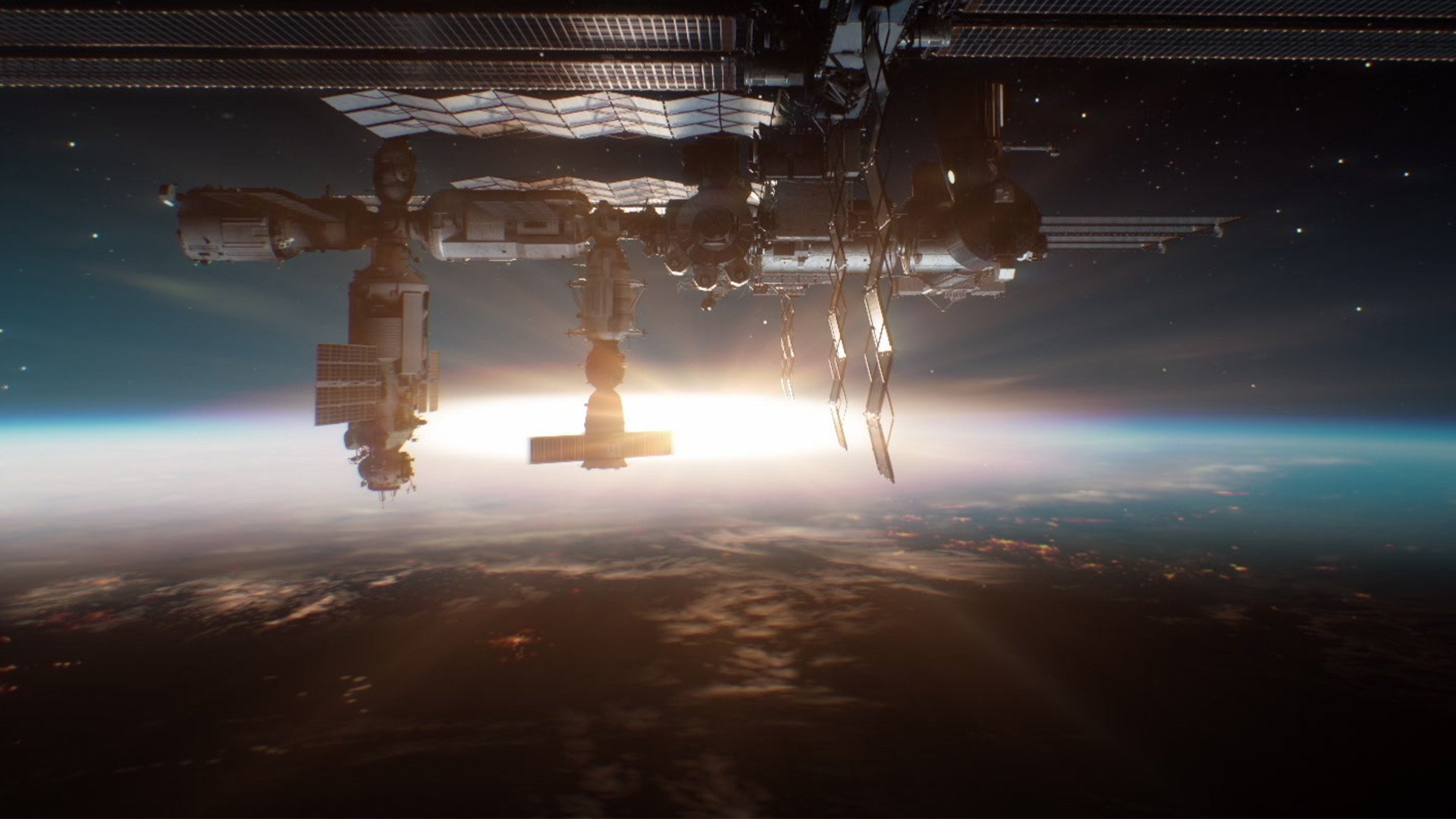NASA Forgoes Fuel Tank Test for Next Shuttle Launch
NASA shuttlemanagers decided Thursday not to test fuel the external tank that will feed theDiscovery orbiter during a plannedlaunch this July, space agency officials said.
Shuttlemanagers have debated the fuel-loading test sincelast month, when engineers openedup the aft end of Discovery's Lockheed Martin-built external tank to replacefour enginecut-off sensors inside its liquid hydrogen compartment.
Known as atanking test, the fuel-loading check operation involves pumping Discovery's 15-storyfuel tank with the 526,000 gallons (about two million liters) of super-chilledliquid oxygen and liquid hydrogen into the orange vessel while it sits atop thelaunch pad. The test would verify the performance of the new ECO sensors and allowengineers a chance to see the changes made to ET-119's foam insulation covering- the most noticeable of which is the removalof a 38-foot (11-meter) ramp - under fully fueled conditions.
"There's acost to it in a lot of places and that's what they were looking at, the prosand the cons," James Hartsfield, a NASA spokesperson with the agency's JohnsonSpace Center in Houston, told SPACE.com, adding that the test couldreduce the contingency time at the pad for the planned space shot.
Discovery'slaunch will mark NASA's second shuttle mission - STS-121 commanded by veteran astronautStevenLindsey - since the 2003Columbia accident. The spaceflight is currently slated to launch on July 1,but has a flightwindow that stretches through July 19.
NASAdecided to swapout Discovery's fuel tank ECO sensors with new ones in March afteridentifying a wiring defect in similar units. The sensors are designed to shutdown a shuttle's three main engines before its fuel tank runs dry. They can bechecked during tanking tests or actual pre-launch fueling to verify that theyare working properly.
Last week,shuttle managers also said that they would notmake additional changes to Discovery's external tank aside from the alreadycompleted removal of a protuberance air-load (PAL) ramp that shielded a cabletray and pressure lines.
Breaking space news, the latest updates on rocket launches, skywatching events and more!
DuringDiscovery's last launch - NASA's firstreturn to flight mission STS-114 - a one-pound (0.4-kilogram) piece of foampoppedfree from the ramp during the orbiter's ascent. While the foam debris didnot strike the orbiter, it was reminiscent the foam shedding problem that doomedthe Columbia orbiter and its seven-astronaut crew in 2003.
NASA's spaceshuttle chief Wayne Hale said Friday that the PAL ramp removal marked "thelargest aerodynamic change" to the shuttle launch system since its first flight25 years ago.
At NASA'sKennedy Space Center (KSC) spaceport in Florida, preparations are underway tomove Discovery from its hangar-like Orbiter Processing Facility to the 52-storyVehicle Assembly Building, where the shuttle's external tank has alreadybeen mated to the two solid rocket boosters that will launch the spacecraftinto orbit, on May 12.
Thecomplete launch stack is also on track to roll out to the launch pad on May 19,KSC spokesperson George Diller said.
- NASA Mulls Fuel Tank Test for Next Shuttle Flight
- NASA's Next Shuttle to Fly Without Ice Frost Ramp Fix
- NASA Plans Partial Fix for Discovery Orbiter to Reduce ISS Risk
- Return to Flight Special Report: NASA's Road to STS-121
Join our Space Forums to keep talking space on the latest missions, night sky and more! And if you have a news tip, correction or comment, let us know at: community@space.com.

Tariq is the award-winning Editor-in-Chief of Space.com and joined the team in 2001. He covers human spaceflight, as well as skywatching and entertainment. He became Space.com's Editor-in-Chief in 2019. Before joining Space.com, Tariq was a staff reporter for The Los Angeles Times covering education and city beats in La Habra, Fullerton and Huntington Beach. He's a recipient of the 2022 Harry Kolcum Award for excellence in space reporting and the 2025 Space Pioneer Award from the National Space Society. He is an Eagle Scout and Space Camp alum with journalism degrees from the USC and NYU. You can find Tariq at Space.com and as the co-host to the This Week In Space podcast on the TWiT network. To see his latest project, you can follow Tariq on Twitter @tariqjmalik.
